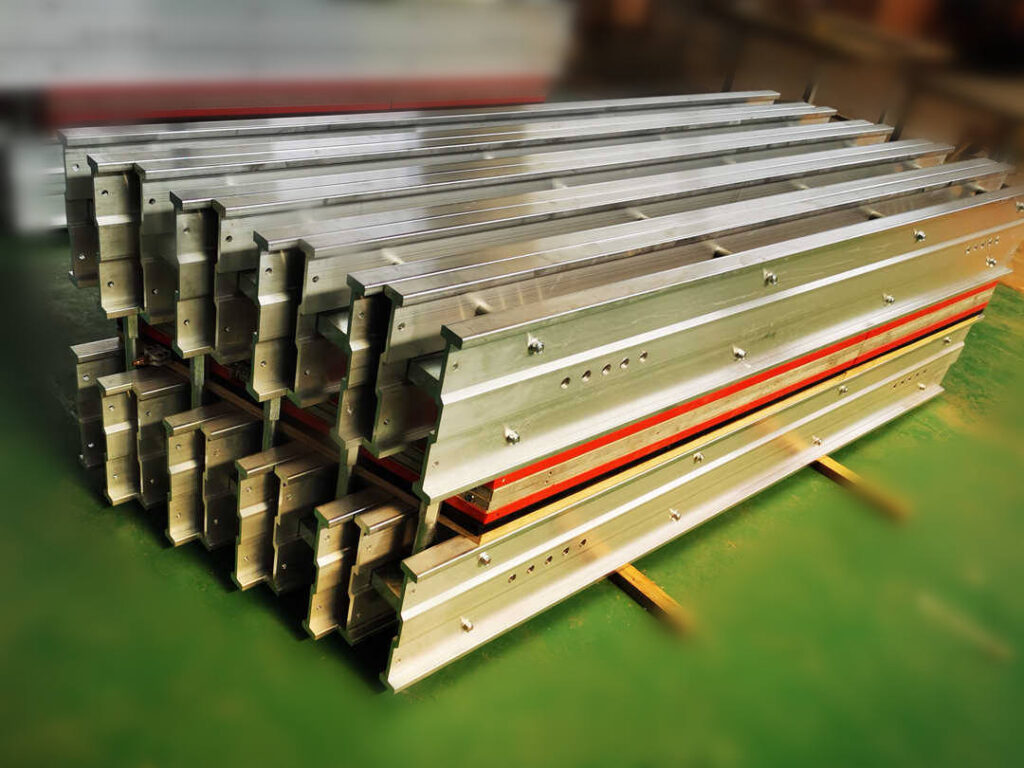In the pursuit of operational excellence and ensuring the safety of our workforce, it is imperative to delve into the critical safety considerations when utilizing a vulcanizer. This indispensable equipment plays a pivotal role in various industries, from automotive to manufacturing, and it is of paramount importance that it is operated with precision and utmost caution. In this comprehensive guide, we will elucidate the key safety measures that should be rigorously followed when employing a vulcanizer in any industrial setting.
1. Adequate Training and Familiarity
Before embarking on any operation involving a vulcanizer, it is incumbent upon every operator to undergo thorough training. This entails comprehensive instruction on the functions, components, and potential hazards associated with the equipment. Familiarity with emergency procedures and the proper use of safety gear, such as gloves, eye protection, and fire extinguishers, should be ingrained in every operator.
2. Pre-Operational Inspection
The cornerstone of a safe vulcanizing operation lies in the pre-operational inspection. A meticulous examination of the equipment must be conducted to identify any signs of wear, tear, or malfunction. Pay particular attention to the heating elements, pressure gauges, and control mechanisms. Any deviation from optimal condition should warrant immediate attention and rectification.
3. Proper Ventilation and Environmental Considerations
Vulcanizing processes often involve the use of chemicals and elevated temperatures, which can emit potentially hazardous fumes. It is imperative to ensure that the workspace is well-ventilated to dissipate any noxious gases. Additionally, consideration should be given to the ambient temperature, as extreme conditions can impact the efficacy of the vulcanizing process.
4. Adherence to Manufacturer’s Guidelines
The manufacturer’s guidelines and recommendations are sacrosanct when operating a vulcanizer. These directives are meticulously crafted to optimize performance and ensure safety. Deviation from these instructions can lead to operational inefficiencies and compromise the well-being of personnel.
5. Emergency Preparedness
No operation is devoid of potential emergencies. Adequate preparation is key to mitigating any unforeseen circumstances. Every individual involved should be well-versed in the location and operation of emergency shutdown switches and first-aid kits. Regular drills and simulations should be conducted to reinforce the response protocol.
6. Routine Maintenance and Inspection
Proactive maintenance is the bedrock of safe vulcanizer operation. Regularly scheduled inspections, lubrication, and replacement of worn components are essential to prevent untimely breakdowns and maintain optimal performance. Neglecting this aspect can lead to costly repairs and compromise safety.
In conclusion, the operation of a vulcanizer demands meticulous attention to safety protocols. By ensuring proper training, conducting thorough inspections, adhering to manufacturer guidelines, and maintaining emergency preparedness, we fortify the safety net around this indispensable piece of equipment. Let us forge ahead with confidence, knowing that we have fortified our operations with the shield of safety.


